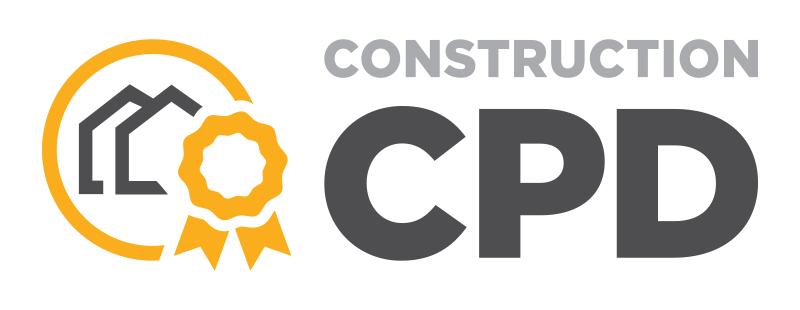Specification confidence for brick cladding systems - CPD Video - Ash & Lacy
Please contact us via contact@construction-cpd.com to get permission to publish this video on your website.
<div style="position: relative!important; width: 100%!important; min-height: 700px; overflow: hidden!important; padding-top: 56.25%!important;"><iframe src="https://www.construction-cpd.com/cpd-external-view?ExternalId=186&ReturnUrl=https://www.construction-cpd.com/specification-of-brick-cladding-systems" style="position: absolute; top: 0; left: 0; bottom: 0; right: 0; width: 100%; height: 100%; min-height: 500px; border: none;" mozallowfullscreen webkitallowfullscreen allowfullscreen></iframe></div>
- What is mechanically fixed brick cladding
- Installing mechanically fixed brick slips
- The creativity that mechanically fixed brick cladding offers
- Specification performance and testing
Traditional brickwork
Mechanical fixing
- It is lightweight – mechanically fixed brick cladding systems typically weigh around 53 kg/m2, compared to 135 kg/m2 for traditional brick. This means easier and faster installation, and less weight imposed on the building structure.
- It does not rely on mortar or adhesives, making it more reliable over time
- And it is quick to install - and can be installed in wet weather. This helps to ensure installation is kept to timescales, even if outdoor conditions aren’t ideal.

